The two flagship drones released in DJI are updates to the previous generation of performance and technology.
Dajiang launched two flagship drones in New York: "Enlightenment" Inspire2 and Elf Phantom4Pro. The price of 1/2 million is once again refreshing the record of similar models, and there are many surprises in technology and performance.
Phantom4Pro's first four-way obstacle avoidance and battery life increased to 30 minutes; "Understanding" 2 provides a top speed of 30 m / s, 4 seconds to 80 km power system upgrades to the overlord in the field of consumer drones, bringing A number of technological and commercial application innovations have also raised the threshold for professional consumption.
From the product upgrade of Dajiang mainly aimed at the professional market, you can see several major technological breakthroughs:1. The multi-directional visual obstacle avoidance technology that is finally loaded will definitely become a standard in the future.
2. A more intelligent automatic return system.
3, easier to use automatic tracking system and so on.
4, around the aerial photography, transmission and the entire set of hardware and software and accessories system.
These highlights black technology and technology direction will become the focus of this market competition, we will extract one by one.
In terms of price, Inspire2 is aimed at professional film and television aerial platform, and the price is from 19999 yuan (excluding PTZ camera). Elf 4Pro is positioned in the most intelligent consumer-grade aerial drone, starting at 9999 yuan.
About "Enlightenment" 2: 4 seconds to accelerate to 80 km
The release of the "Inspire" Inspire2 seems a bit late, because it has been two years since the release of the "Inspiration" Inspire1. On November 13, 2014, the Dajiang Inspire1 was launched as the world's first 4K camera with the world's first deformable aerial unmanned aerial vehicle.
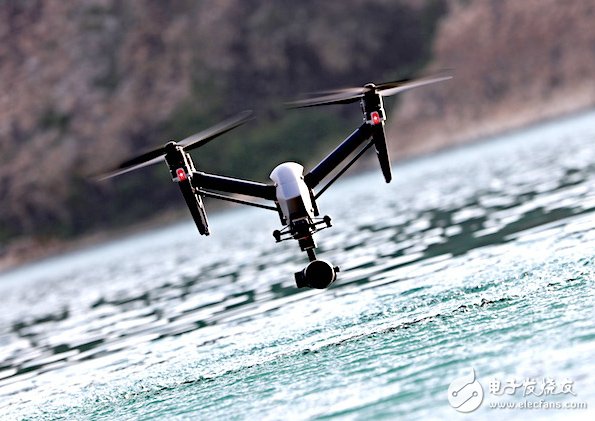
1) Magnesium alloy body
In order to adapt to the outdoor complex environment of aerial photography, the Inspire2 body adopts magnesium-aluminum deformable body, carbon fiber arm, which is more sturdy and lighter in weight. The maximum speed is up to 30 m/s and the longest flight time is 27 minutes. The acceleration time of 80 km / h is only 4 seconds. The map distance is 7 kilometers.
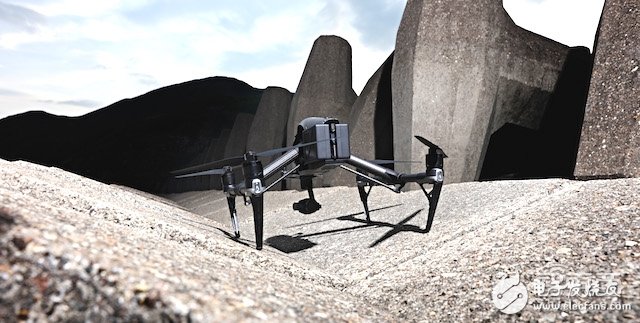
2) Front FPV camera
In front of the Inspire2, a new front-mounted FPV camera is installed. The flying hand can observe the image captured by the main controller. The pan-tilt can observe the picture captured by the main camera. Currently, it can support the Zen X4S and X5S clouds. Camera.
Inspire2 has a new image processing system CineCore2.0, which supports various video compression formats, including AdobeCinemaDNG, AppleProRes422HQ (5.2K, 4K), ProRes4444XQ (4K), H.264/H.265 encoding 4K@100Mbps video. CineCore 2.0 also supports multiple camera access via a quick release interface.
3) Introducing obstacle avoidance function
In terms of flight stability, the Inspire2 can sense obstacles up to 30 meters through the front stereo vision sensor; the infrared sensor system is equipped at the top of the body, and the binocular vision system and ultrasonic sensing system support the accuracy without GPS. Hover.
This is the first introduction of an obstacle avoidance system in the aerial professional-grade drone Inspire, which can achieve obstacle avoidance in three directions: up and down and front.
4) SpotlightPro mode upgrade
The upgrade about intelligence is mainly reflected in the SpotlightPro model. In this mode, the camera will always face the selected object regardless of where the drone is flying. If the pan/tilt rotation direction reaches the limit, the drone will rotate its own direction to adjust the body direction. The Inspire2's pointing flight mode allows for autonomous flight when obstacles are encountered, and the second generation of intelligent follow-up functions enable parallel shots.
5) Acceleration of 80 km in 4 seconds
In terms of powertrain, the Inspire2 has a maximum speed of 6 m/s, a maximum speed of 9 m/s, and an acceleration time of 0-80 km/h of only 4 seconds. The Inspire2's IMU, barometer, electronic governor communication and satellite navigation modules are redundantly designed to ensure safe operation. The connection distance between the main and the remote control is as far as 100 meters.
6) Remote control with screen
In addition, the new display on the Inspire2 remote control is also a highlight. Dajiang Crystalsky highlight display has a total of 5.5 inches, standard version 7.85 inches and high version 7.85 inches, the highest brightness is 1000cd / m2, 1000cd / m2 and 2000cd / m2, can be cleaned under strong light to see the shooting The picture can be compatible with Dajiang Elf 3, Elf 4 and other products.
About Elf 4Pro: 5 to the sense of 4 obstacle avoidance1) Increased battery life to 30 minutes
In terms of appearance, as the Elf 4 upgrade, the Elf 4Pro continues the same style design. The biggest upgrade comes from the battery life. The Elf 4Pro battery capacity is 5870mAh, and the maximum flight time is increased to 30 minutes. In terms of flight speed, the obstacle sensing system is increased to 14 meters/second when it is turned on.
2) 5-way sensing 4 obstacle avoidance
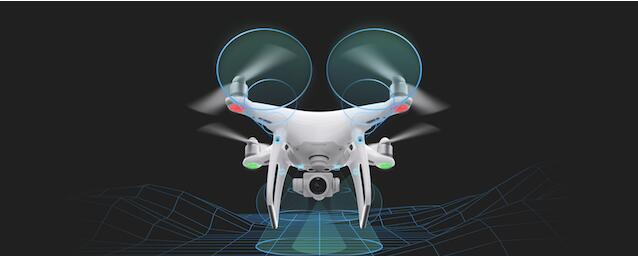
In March of this year, the binocular stereo vision obstacle avoidance technology landed for the first time in the Dajiang Elf 4, after eight months, we saw that the Elf 4Pro obstacle avoidance system brought new surprises.
The Wizard 4Pro is equipped with a FlightAutonomy system with 5-way sensing and 4-way obstacle avoidance to further enhance the precision hovering capability of the binocular stereo vision system in a GPS-free environment. The Spider 4Pro is equipped with a binocular vision sensor on the front, rear and bottom of the fuselage. The three-pair vision system forms a six-eye navigation system. An infrared sensing system is added on both sides of the body to sense obstacles in the four directions of front, rear and lower, as well as to locate hovering, and to construct a three-dimensional space environment model, in which the front and rear sensing distance is increased to 30 meters.
3) Dark environment aerial photography more details
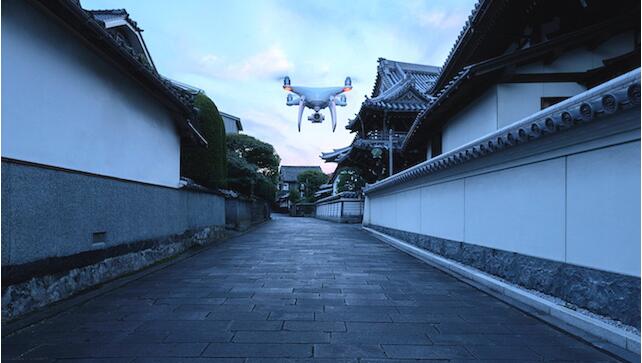
In terms of aerial performance, the Elf 4Pro is capable of leading the same level of product through its 1 inch, 20 megapixel sensor and close to 12-speed dynamic range, with its level of detail and imaging quality in low light conditions. The mechanical shutter prevents smear during rapid movement and increases autofocus.
4) Other new features
In addition, the new features of Genie 4Pro include:1) The "narrow sense" function allows you to fly freely even in complex environments such as doors and windows.
2) In flight, Elf 4Pro can record the route in real time. After losing the connection with the remote control, it will return to the original route first, and try to get in touch with the remote control.
3) Intelligent follow-up, adding three follow-up modes: surround, parallel and lock. It can recognize common objects such as people, cars, animals, etc., follow at any angle, and keep the lens always facing the object.
4) Pointing flight adds two modes of backward and free. In free mode, the drone can rotate the body without changing the direction of flight to obtain the best shooting angle; when pointing flight, the trajectory assist function will be A flight path is presented on the screen to provide a reference for route adjustment.
Overall, the two models have greatly improved the performance parameters in the previous generation of products in combination with different application scenarios. Among them, obstacle avoidance is one of the core technologies of the drone. In the bottom of the "Enlightenment 2", the infrared sensing system is introduced with a three-way obstacle avoidance, and the four-way obstacle avoidance is realized in the Elf 4Pro.
Why didn't the Elf 4Pro join the top to achieve 5-way omni-directional obstacle avoidance? Wang Fan, vice president of Dajiang, Dajiang, said that the aesthetic appearance of the product and the handling capacity of the processor are important considerations.
The two models will be officially released in China next Monday. More details and technical issues will be introduced at the domestic conference.
It’s not enough to look at the price of selling kidneys!
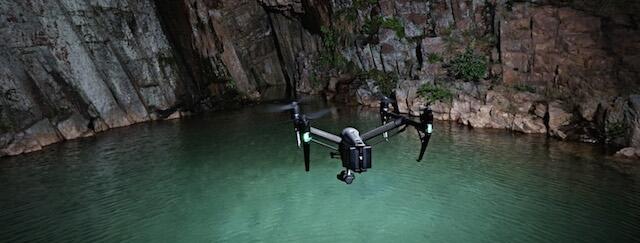
Whether it is nearly 10,000 yuan consumer-grade Elf 4Pro, or nearly 20,000 yuan professional film and television aircraft "Wu" 2, have refreshed the price ceiling of the previous similar models, the higher price threshold will make a considerable number of consumers discouraged. However, it is gratifying that the previous models of the Elf series and the Wu series have experienced different price cuts. Among them, the price of the elves 46,999 yuan has been forced to the new MavicPro6499 yuan in September.
The "Enlightenment" Inspire2 (excluding the PTZ camera) is priced at RMB 19999, the Zenith X4S PTZ camera is priced at 3,999 yuan, and the Zenith X5S PTZ camera is priced at 12,499 yuan. The official website shows that shipments will begin in January 2017. It is easier for people to vomit, the price of the Inspire2 box is as high as 1699 yuan.
The Elf 4Pro is priced at 9,999 RMB (with a common remote control), the Elf 4Pro+ package with an integrated remote control is priced at 11,999 yuan, and the high-capacity battery is priced at 999 RMB.
In addition to adopting Apple's DJICare renewal plan, Dajiang's previous models all showed different price cuts. According to the official website of Dajiang, the Elf 4 has already lowered its price to 6,999 yuan, and the price is almost equal to the new product MavicPro6499 in September. The "Enlightenment" Inspire1 has also been reduced to 12,999 yuan.
The original price of the set including the "Enlightenment" Inspire2 and Zenith X5S PTZ camera is as high as 40,988 yuan. Even if the current starting price is 39,999 yuan, there may be no pressure on the industry application buyers. Professional enthusiasts are afraid to sell kidneys and buy them. Up, but you can choose a lower price wizard.
In addition to the two new main drones, DJI has built a comprehensive range of accessories around commercial aerial photography, whether it is a new dedicated aerial display screen, or a charging system that supports simultaneous charging of 8 batteries, and a dedicated paddle for the plateau. Wait, the price is quite expensive, so that this professional aerial equipment system is more and more full, while the Nuggets road in Dajiang is also wider and wider, but professional players must also face the burden of "unbearable" "The silver."
ConclusionPreviously, when the new series of Davic Mavic came out, everyone called for this to be the life of the Elf series. Now it seems that the new models that are constantly changing are simultaneously with the price reduction strategy. At the same price level, DJI actually created more model choices. On the other hand, such a price strategy has accelerated the depreciation speed of consumers' existing models to a certain extent.
Not surprisingly, Elf 4Pro should be the last consumer-grade product launched by Dajiang this year. Looking back at the evolution of Elf 4, Mavic, Elf 4Pro, etc., we see two important pieces of information:
First, in the field of consumer-grade UAVs, such as obstacle avoidance systems, battery life, follow-up mode and other major breakthroughs still show a leading, a number of follow-up situation. Compared with other models in the drone market, the gap between Dajiang and other brands is still widening, both in terms of technology and product progress. At the same time, due to the advantage of market share, sufficient profit margin will further promote the investment in R&D and innovation in Dajiang.

This development trend is a positive cycle for Dajiang, and for other drone brands, it means more catching up and competition.
Second, when Dajiang is enough to support its R&D and innovation system, the strategy of holding a group with chip makers may be an important way out for other drone brands.
Whether it is from the popularity of Qualcomm's Snapdragon 810 drone flight platform and the subsequent 820 platform construction, or Intel's successive acquisitions and investments of drone startups, we see that chip manufacturers are sparing no effort to promote the intelligentization of aircraft. With data mining. At this time, adopting the mode of cooperation with the chip giants, other brands of drone companies can get good support in research and development investment and advanced technology, providing potential and potential for overtaking in corners.
11.1V Lithium-ion Battery Pack
When using lead-acid batteries, frequent maintenance and replacement is necessary. This will increase the cost for the investment in batteries. Although the investment of lithium batteries could be higher at first, you can enjoy the good return in the long term. The lithium batteries gives a longer lifespan as you can discharge them for more cycles and use with less maintenance before replacement.
The Advantages of Lithium-ion Battery Pack
1.Higher energy density
The higher energy density of lithium-ion battery pack means we are going to get more power out of the same physical size cell than we could get from a lead-acid battery. So when using lithium-ion battery for electronic gear, it means more runtime but less weight.2.Less weight
Less weight could be a big advantage for most electronic applications that need to be in a compact size and lightweight for use, including mobile applications, robots, drones, floor scrubbers, RVs. A lot of power is used for those devices, so less weight would be certainly an advantage for mobile applications.3.Thousands VS hundreds of cycles
More cycles are an advantage by a lithium product we`re gonna get. You know the lithium batteries could provide thousands of cycles versus lead-acid batteries which only offer hundreds of cycles. It is a big difference in the cycling ability of lithium over lead-acid batteries.4.Charge and discharge rate
We are able to discharge a lithium product much quicker than that of a lead-acid product and get the same capacity. If the lithium-ion battery pack is discharged to 80%, you can still get a good lifespan. But doing that with a lead-acid battery will damage its lifespan. Generally, a lead-acid battery can only use fifty percent of the discharge. The recharge time is quicker on a lithium product as well especially if we have a charger that`s large enough to put the capacity back. The lithium-ion battery packs have a low self-discharge rate of only 1-2% per month.
5. Less Maintenance
When using lead-acid batteries for power supply, regular maintenance is essential to ensure the battery performance. However, when purchasing lithium-ion batteries for power use, less maintenance is required. The lithium-ion cells is more stable with good performance. It saves a lot of time for maintenance and cost for replacement.
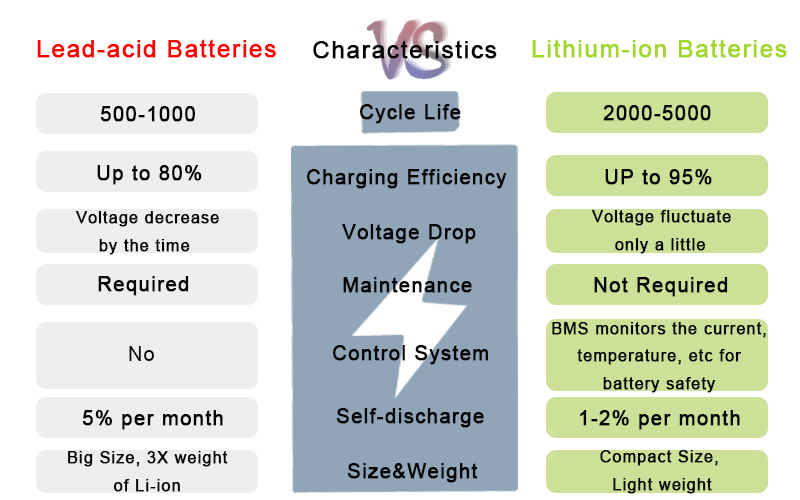
Lithium-ion battery pack Application
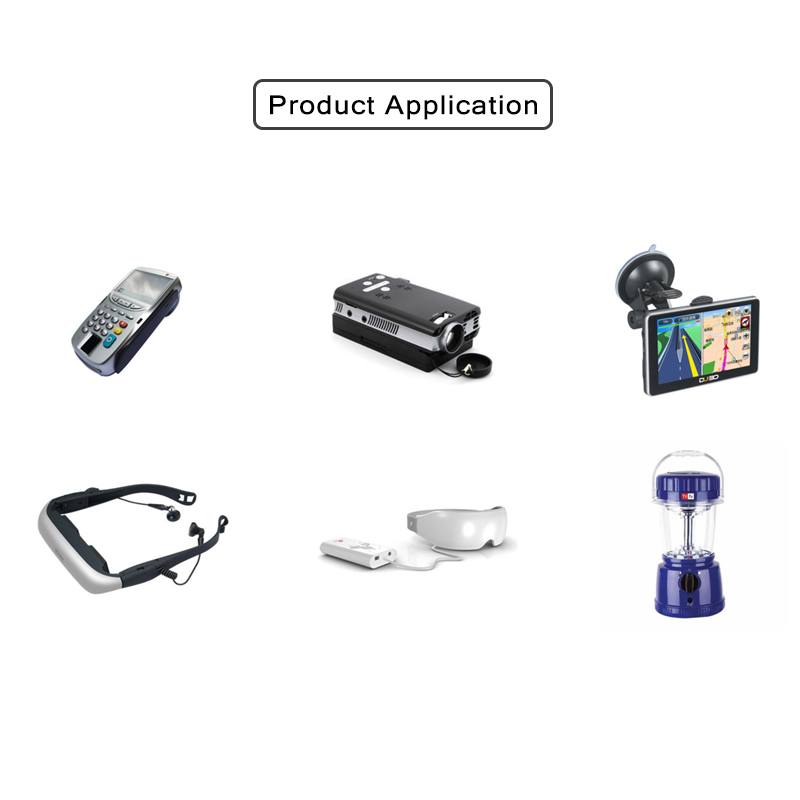
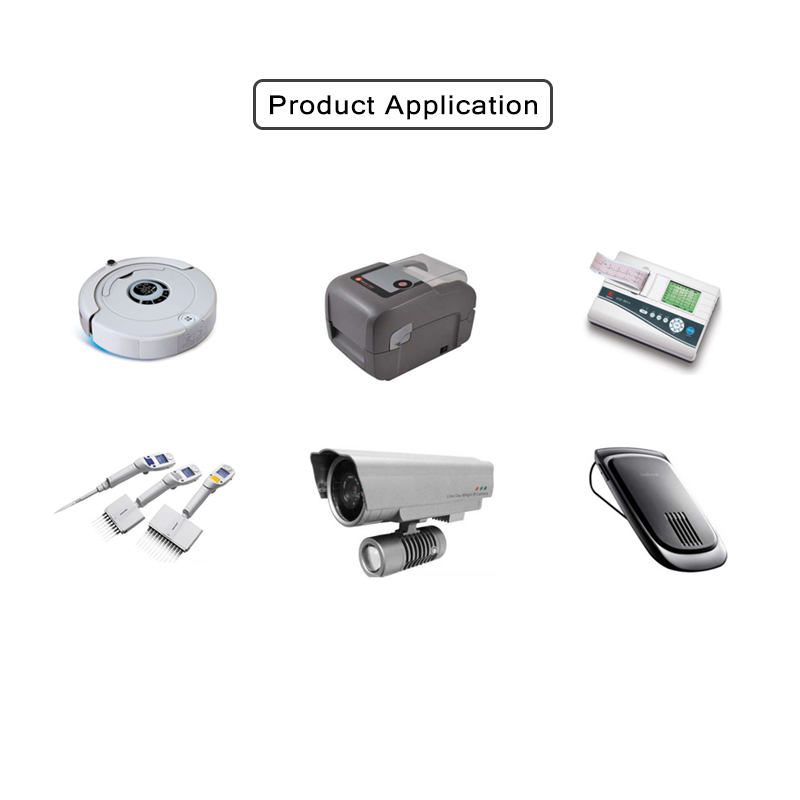
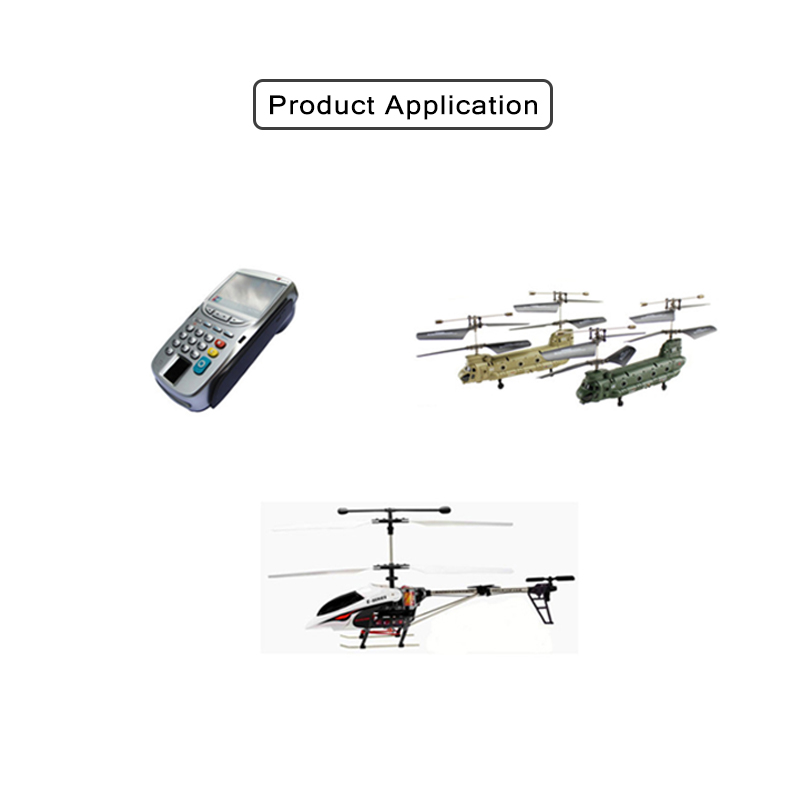
11.1V Lithium-Ion Battery Pack,Solar Lithium Ion Battery,Lithium Ion Battery Rechargeable,Rechargeable Lithium Battery
ShenZhen UFO Power Technology Co., Ltd. , https://www.ufobattery.com